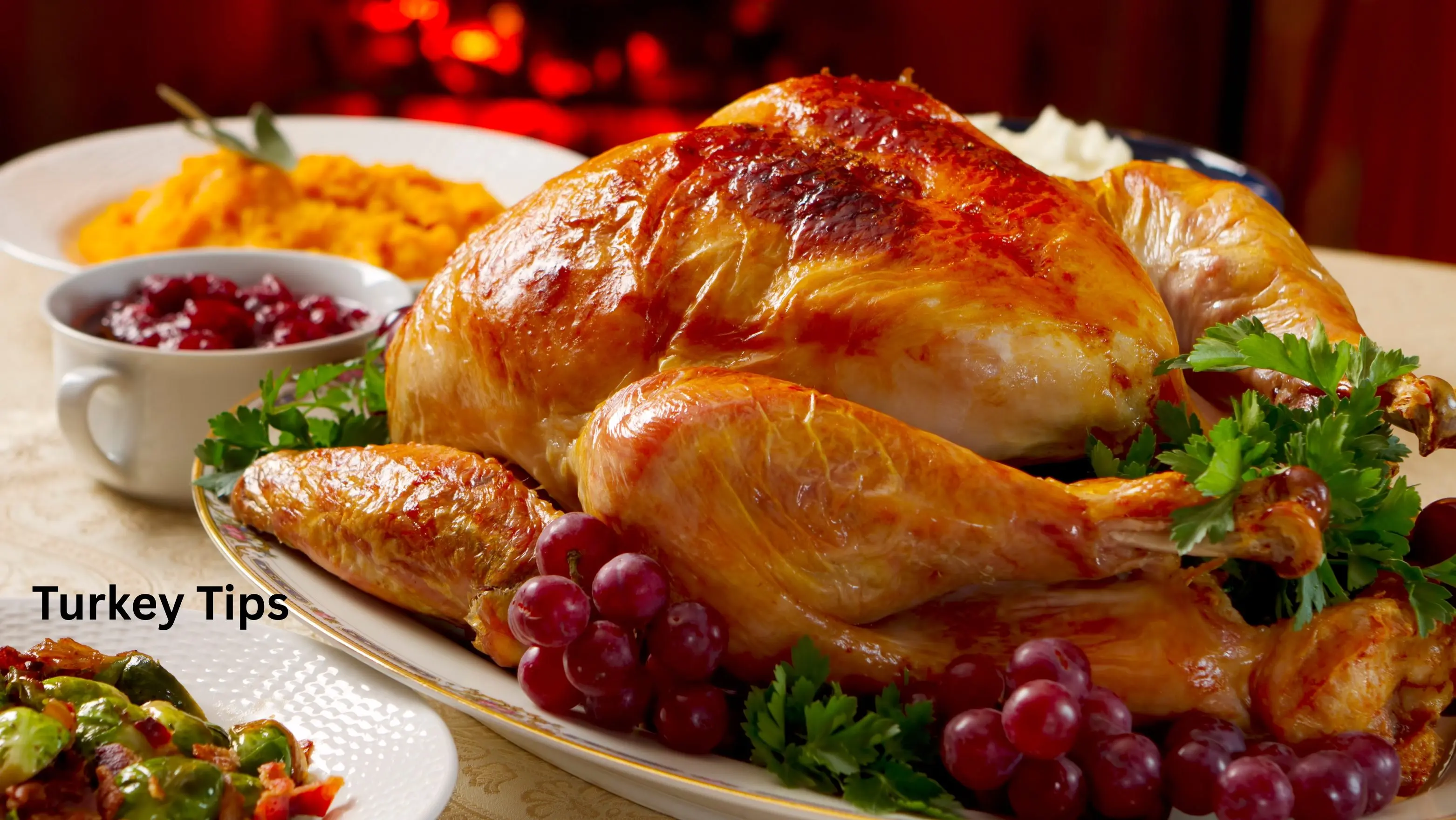
As you prepare your turkey for Thanksgiving Day, here are a few tips from the Colorado Department of Public Health and Environment (CDPHE), to avoid getting a foodborne illness during the holidays.
First, thaw your food in the refrigerator. Put a tray in the bottom of the refrigerator to catch any juices that may be leaking from the packaging.
CDPHE Retail Food Program Manager Troy Huffman says, ““The number of days a frozen turkey takes to thaw in a refrigerator depends on the size. A turkey 4-12 pounds takes one to three days to thaw, 12-16 pounds takes three to four days, 16-20 pounds takes four to five days, and 20-24 pounds takes five to six days.”
The CDPHE follows with these tips:
- Clean: Wash your hands with soap and water periodically while preparing food, especially after handling raw meat, seafood, fish, or poultry. Clean food preparation surfaces often, especially after using them to prepare raw foods. When you are not feeling well, refrain from preparing, handling, or cooking food.
- Separate: Keep raw meat, poultry, seafood, and eggs separate from other foods while shopping, in the fridge, or on the cutting board.
- Chill: Do not leave foods containing meat, dairy, eggs, fish, or poultry at room temperature. Refrigerate leftovers within two hours after cooking, including pumpkin or other custard pies.
- Cook: Keep the stuffing out of the turkey! Cook the turkey and stuffing separately to an internal temperature of 165 degrees Fahrenheit, and the ham to 145 degrees Fahrenheit, before serving. Recipes containing eggs must be cooked thoroughly to 155 degrees Fahrenheit or higher. Use a cooking thermometer to confirm the temperature. Place the thermometer in the thickest part of the food, and don’t let it touch bone, fat, or gristle.
More Turkey Tips
- Centers for Disease Control and Prevention — Preparing Your Holiday Turkey Safely
- U.S. Food & Drug Administration — Safe Food Handling
- U.S. Department of Agriculture — Food Safety Basics
- CSU Extension — Food Safety at Home: Preparation & Handling